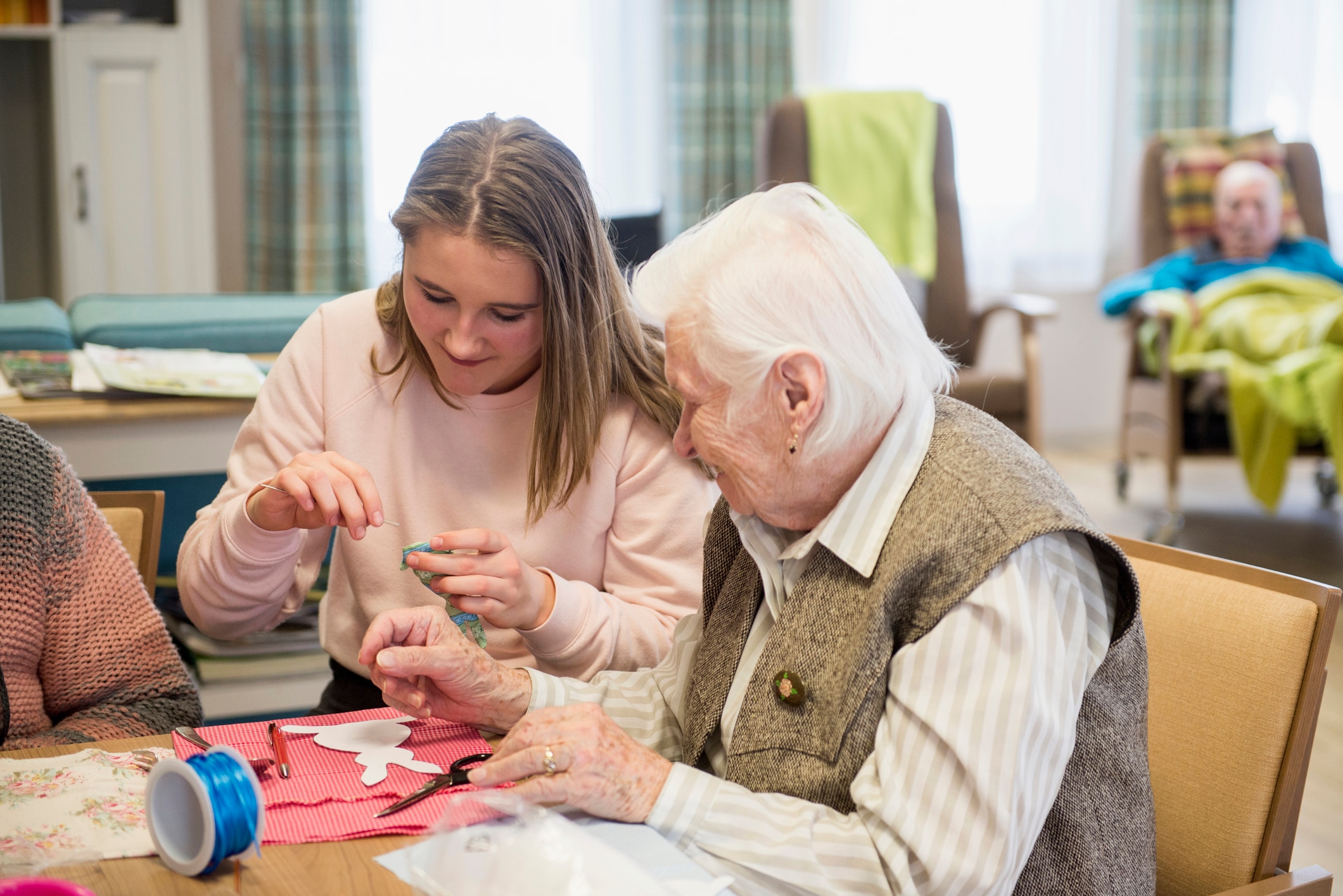The majority of hospice care takes place at home, according to the National Hospice and Palliative Care Organization (NHPCO); and certainly there are benefits to this approach. In addition to being in the comfort of your own familiar environment, with family and other loved ones, it’s also generally less expensive. That said, it’s not for everyone. Here, three questions to ask to make sure hospice care at home is right for you or your loved one.
1. Do you have a caregiver?
Even though your hospice provider will be offering services, most of the time, in a home-based situation, there is usually one family member or friend designated as primary caregiver. This role can also be filled by several people—for example, adult children who are able to provide continuous coverage through some creative scheduling and working closely together. (Regardless, hospice staff should be available 24/7 for backup emergency care.)
Hospices do offer — and Medicare will usually cover — temporary inpatient care, as well as respite care for several days if the primary caregiver needs a break. In a crisis, you may also have access to continuous home care (CHC), which is nursing care for eight to 24 hours a day to manage severe pain and other acute symptoms. But if family and friends aren’t able to provide basic care and support all day, every day, your needs may be better handled somewhere else, like a nursing home or hospice facility.
2. Is your home set up for hospice?
While the hospice should provide everything you require — a hospital bed, for example, or a wheelchair—your house needs to have enough space to hold these things. You also need to be able to walk around the home safely, which may mean installing grab bars around the house and in places like the bathroom to prevent falls. Consider, too, whether the environment of the home (noise level, activity, other family members) will be truly comfortable.
3. How manageable are your symptoms?
Usually, a nurse only visits a patient two or three times a week, so it’s important for the patient and caregiver(s) to be able to manage pain and other symptoms (like difficulty breathing) at home. Your hospice team will develop a care plan to meet your needs for pain management and symptom control that your caregivers will follow. Many hospices provide an emergency symptom kit, or an e-kit, that contains drugs such as morphine to relieve severe pain and valium to reduce anxiety. But if your symptoms are difficult to control, you may be better off in an inpatient facility.





